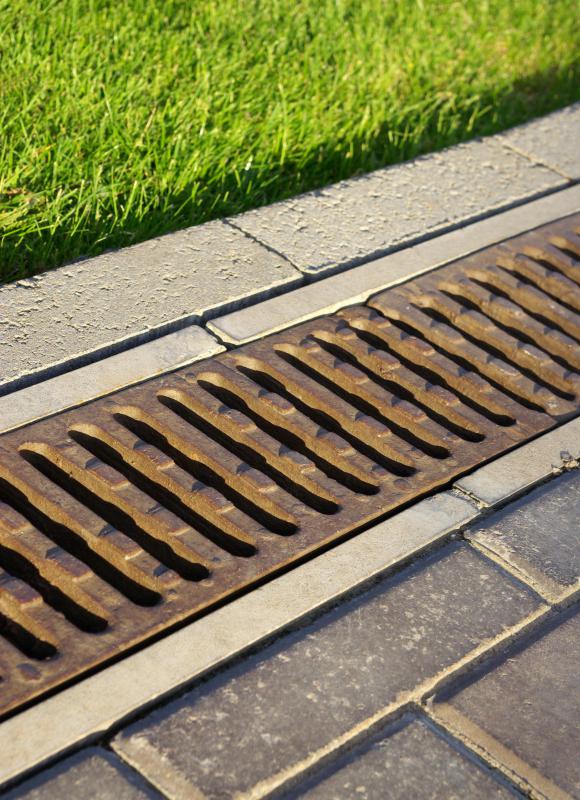At WiseGEEK, we're committed to delivering accurate, trustworthy information. Our expert-authored content is rigorously fact-checked and sourced from credible authorities. Discover how we uphold the highest standards in providing you with reliable knowledge.
What is Dissolved Air Flotation?
Dissolved air flotation is a process generally used to treat and clarify water. This enables the recycling of wastewater from the sewage, septic tanks, storm drains, and other sites with contaminated water. The process is also used in many industries related to petrol, paper, and food, where the water is usually contaminated with fats, oils, and greases (FOGs).
Many factories and chemical plants use emulsifiers such as soap to clean out the FOGs. Emulsifiers have the ability to blend together immiscible substances —like water and oil—, which is why FOGs can mix into the water. The contaminants also become negatively charged once coated by the emulsifier, causing them to suspend in the water. The process of dissolved air flotation works by producing air bubbles to bind themselves with the contaminants. This will cause FOGs to float above the surface, making them easier to remove.

The process of dissolved air flotation begins when the wastewater is directed into a tank or a tube, where air is introduced. Under pressure, the added air dissolves into a liquid solution and remains so until it is released. When the solution is released, the air emerges as tiny microscopic bubbles, which are mixed into the wastewater. The bubbles attach themselves to the contaminants, become solid in form, and rise to the water’s surface. The water will then be observed to be clearer and more transparent, while a thin film of sludge floats above the water. A skimmer removes the sludge and finally clarifies the water.

For other impurities that are heavier than the water, substances called flocculents are used in dissolved air flotation. The chemical principle behind it is that the contaminant’s negative charges should be neutralized. Dissolved air flotation, therefore, introduces some positively-charged chemicals into the contaminants. These chemicals can include elements like aluminum and iron. The positive charges will destroy the emulsion that occurs between the heavy particles and the water, forcing the contaminants to bond with the chemicals and float to the surface.

Dissolved air flotation may clarify the water, but it does not ultimately purify it or completely rid it of contaminants. Generally, around 80 percent of both solid and chemical impurities are removed, but still, the remaining 20 percent can be harmful, especially when water is used for drinking or bathing. Usually, the water goes through repeated cycles of dissolved air flotation, or goes through other filtration and purification processes.
AS FEATURED ON:
AS FEATURED ON:













Discuss this Article
Post your comments